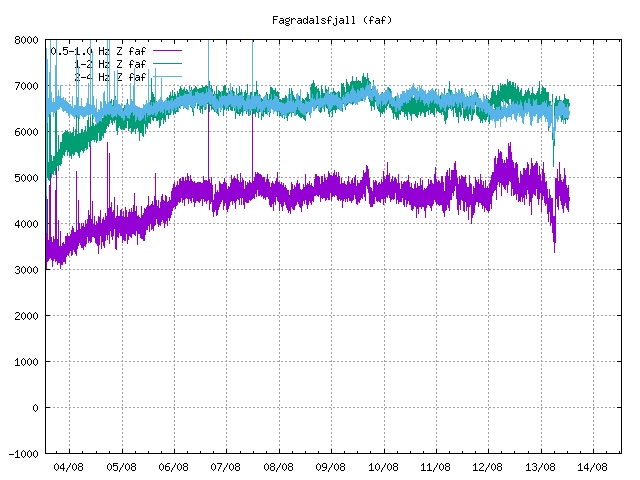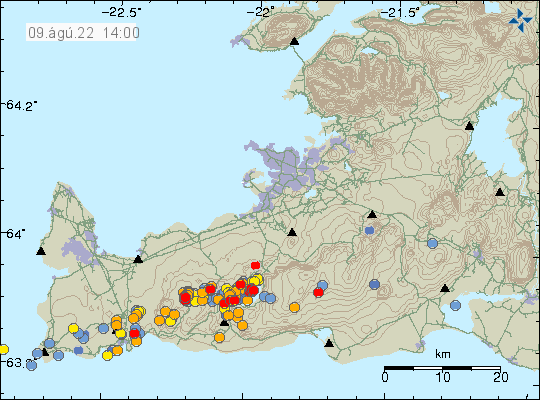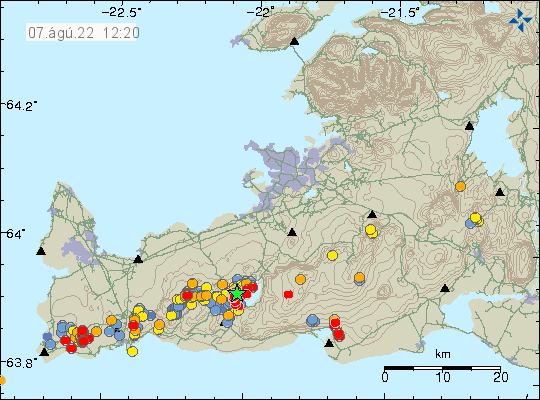This is a special article about the eruption and the explosion in Hunga Tonga-Hunga Ha’apai volcano, close to Tonga in the Pacific Ocean. I don’t know a lot about this volcano so I might get details wrong. This is also not a long article, because of lack of my knowledge. Because of copyright, I can’t use any images in this article.
At 04:00 UTC on 15-January-2022 an eruption started in >Hunga Tonga-Hunga Ha’apai volcano, that is 65 distance from Tonga islands (population around 100.000). In what seems to be a process that only took about 1 to 3 hours, the eruption exploded with largest eruption force in modern history. This is possibly largest eruption since 1912 (Alaska) in the world or even largest eruption since Krakatoa in 1883. According to articles, research into this volcano suggest that it has an explosive period eruption phase every 1000 years, the last one being around the year 1100. The length of this eruption seems to have been 3 to 5 hours in total and in last 24 hours there have been reports of a lot smaller eruptions happening. Each of them only lasting few hours at most.
When the explosion happened it created a tsunami that hit Tonga few moments later with waves up to 1,13 meters high and Fiji islands where it with waves that where around 80 cm high (reports). Around 13 hours later, the tsunami hit the west coast of the United States and Canada, Los Angeles area and other coastal areas. The sound wave that followed was heard clearly 2300 km away in New Zealand and in Alaska at distance of 9373 km, the explosion was also heard clearly in Fiji islands that are in 700 to 1000 km distance. The air pressure wave that happened during the explosion did go over the Earth two times, it was detected in Iceland at around 17:00 to 18:00 on 15-January-2022 and the second wave was detected on 16-January-2022 at around 05:00 to 06:00 in Iceland.
It is going to take years to understand the size and effects of this volcano explosion because how remote it is, since it is out in the ocean and next populated area is 65 km away and that’s the only monitoring of this volcano, since other options are not possible for monitoring of Hunga Tonga-Hunga Ha’apai volcano.
The effects of the explosion was largest in Tonga that is now cut off from the internet because of damage to undersea fibre cable that connects them to the internet. How long that repair work is going to take depends on a lot of things, but it can take weeks or months until fibre connection is restored. There was also a lot of tsunami damage in Tonga, how extensive it is I don’t know because of lack of reports.
This is all I have for now on this eruption. I don’t know if I’ll write another article about this event, since I only cover world events that are major events and this volcano explosion has been classified in my system as a major volcano event.
More detailed article with images of the volcano
Why the volcanic eruption in Tonga was so violent, and what to expect next (The Conversation)




